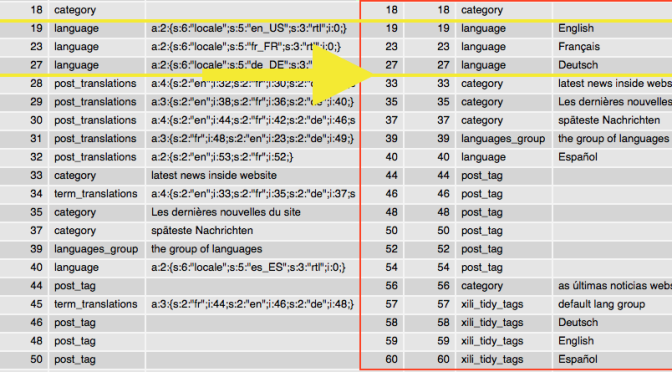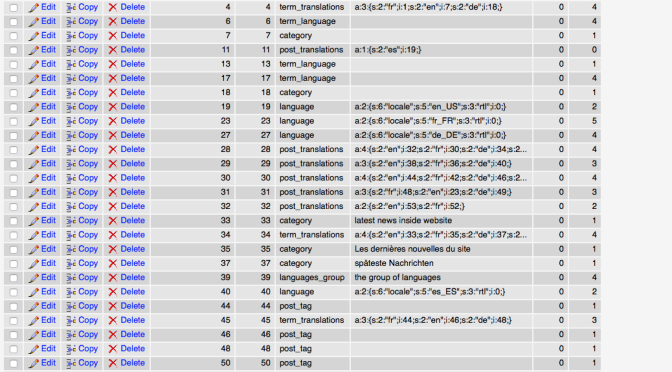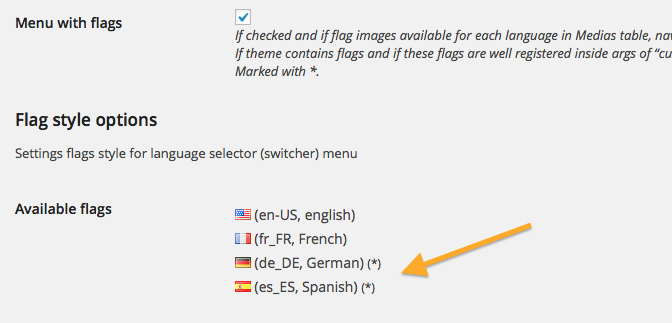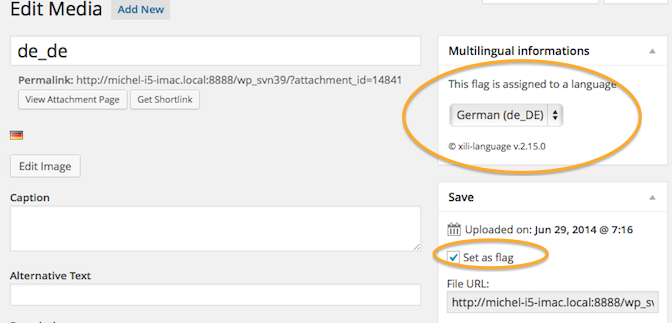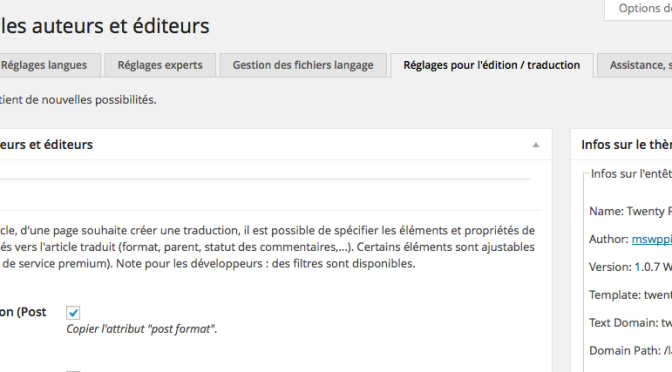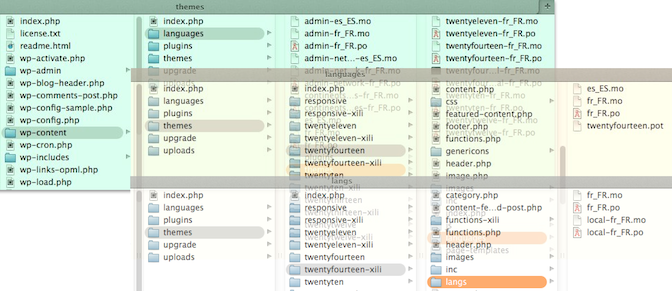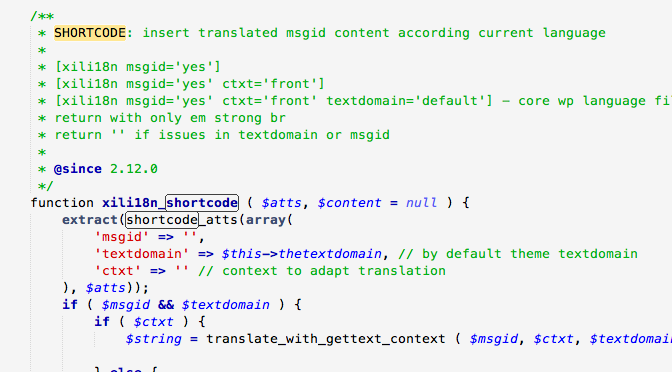Preamble
VERY IMPORTANT: change of plugins must be preceded by IMPERATIVELY a backup of the database.
Performing backups has been very helpful in the phases of development of this new feature to Xili-language 2.21+ and allowed at any time to return to an earlier phase.
Although Xili-language taxonomy and that of Polylang have the same name, there are differences explained in this article.
This post concerns webmasters with a good level of knowledge of WordPress … and those who know the “CMS” reasons behind to move from Polylang to Xili-language (2.21+).
Preparation
Installation WITHOUT ACTIVATION to the 3 xili-language plugins, Xili-tidy-tags and Xili-dictionary. Either via FTP or through the list of plugins.
Open multiple tabs in your browser: two on the list of extensions, one on the visitor site side and one on the dashboard.
Desactivate Polylang
Caution, in the list of extensions, you must only desactivate Polylang without deleting it because otherwise, for lack of option provided for this purpose by the author, all specific data Polylang will be deleted.


Once, Xili-language activated, a semi-automatic multi-step process is set up and opens the welcome page:

Once in the page settings, it is seen that the elements left behind by Polylang are detected and processed for multilingual management now by xili-language:

Regeneration multilingual elements
The regeneration of links between posts made, the message says to go to the Settings for Experts tab.

Because the next step is taxonomies, go to the previously prepared browser tab where there is the list of extensions and enable Xili-tidy-tags:

Going back to the settings page Expert Xili-language and the window (meta-box) “special actions and parameters”:

Operations related to taxonomies relate Tags (post_tag) primarily:

now screen xili-tidy-tags assign

They prepare the items for categories that are managed in translation mode (without cloning) by xili-language and Xili-dictionary. (see Article …)
To clean the WP base before removing the Polylang extension, you have to go to the next step (this can be done later):


CAUTION :
It goes without saying that now Polylang should not be reactivated. To go back: use the backups.
The Polylang files are deletable via the page showing list of extensions or better via FTP. Xili-language, however, has made so renaming the file
uninstall.php to uninstall_XL_desactived.php
so it does not destroy particular taxonomy “language” in the process “deleting” managed by WP.

